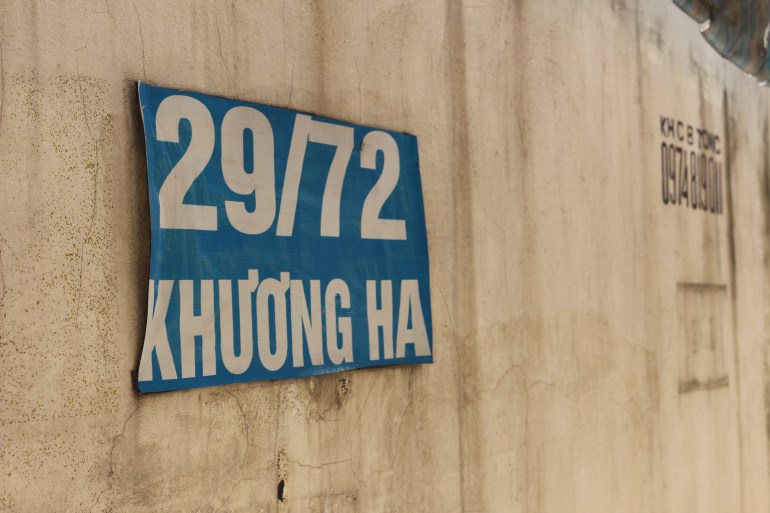Hanoi, Vietnam – In the Vietnamese capital’s Thanh Xuan district, where labyrinthine alleys bustle with residential life and the energy of nearby universities, memories of last year’s deadly apartment fire linger.
Late on the night of September 12, 2023, a blaze ripped through an apartment building on Khuong Ha Street in Khuong Dinh ward, killing 56 people, including four children.
Police determined the fire started from a short circuit in the electrical wiring of a scooter parked on the first floor, before quickly spreading to the building’s upper floors – added by the building’s owner to create tiny subdivided apartments that could house triple as many tenants.
For years, micro-apartments, known as “chung cu mini”, have sprouted throughout Vietnam’s metropolises, cramming low-income families and college students into substandard, fire-prone housing.
“These apartments are like mushrooms, they are everywhere,” Lan Vo, a former resident of a micro-apartment in Thanh Xuan, told Al Jazeera, requesting to be referred to by a pseudonym to avoid harassment.
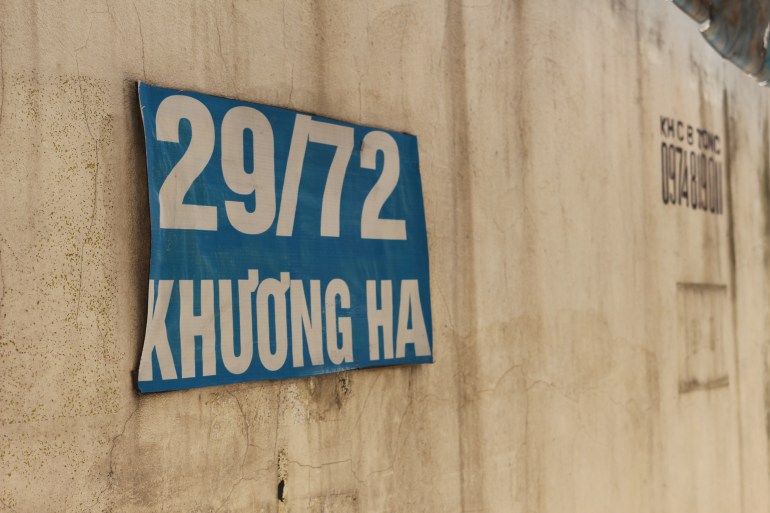
In an interview with state media last year, Le Hoang Chau, chairman of the Ho Chi Minh City Real Estate Association, attributed the boom in micro-apartments since the 2010s to a shortage of homes for low-income people.
September’s disaster and other fires at micro-apartment blocks have forced Vietnam’s authorities to confront the dangers of lax building and fire regulations and the inadequacies of the country’s social housing infrastructure.
But even as the nation mourns those killed and government inspections sweep through the country, municipalities are finding themselves hamstrung when it comes to outlawing the structures due to the rare affordability they offer low-income urban dwellers.
Blocks of micro-apartments are usually designed in the style of a long, narrow tube. Built on small plots in the narrow alleys of heavily populated districts, the residencies are often located within close proximity of universities and house students and low-income families.
The Ho Chi Minh City Construction Department estimated that the financial capital had more than 60,000 micro-apartment buildings, made up of about 600,000 apartments, as of mid-2022.
Chau, the real estate association chairman, said in his interview with state media that the apartments house approximately 1.8 million people and about 40 percent of the workforce in Ho Chi Minh City alone.
The city’s police department has reported that some 42,200 micro-apartments are currently on the market for rent.
While there is no official data for Hanoi, at least 2000 micro-apartment buildings are connected to the city’s power grid, according to the national utility, Vietnam Electricity.
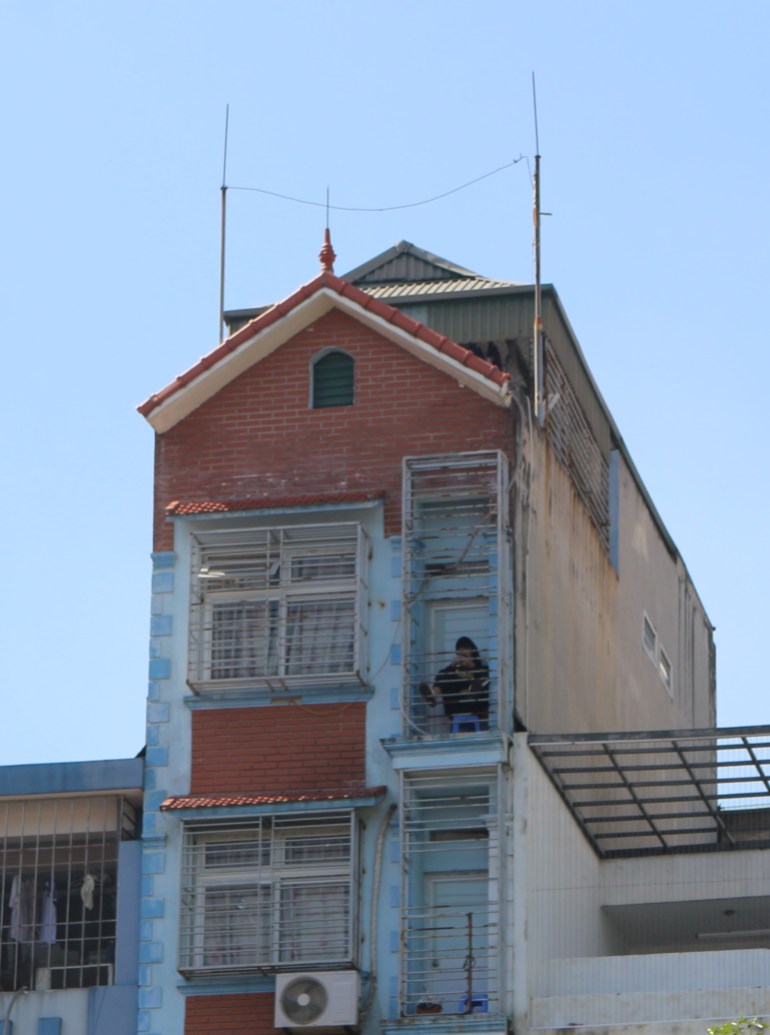
On a recent visit to Khuong Dinh ward, the site of September’s fire, Al Jazeera observed dozens of the apartments jammed into narrow alleyways.
Other clusters of apartments can be found in districts situated near universities, such as Hoang Mai, Cau Giay, Bac Tu Liem, and Nam Tu Liem.
“[Tenants] are mostly young workers and many students living together,” said Vo, the former micro-apartment resident.
“Due to high rent, students often live together in groups of three to five people to share rent and utilities.”
The selling price for a micro-apartment can be as little as 600 million Vietnamese dongs ($24,615), making the accommodation the cheapest form of property available in most Vietnamese cities.
Even so, in Vietnam, where the minimum wage salary barely reaches $200 a month, tenants – especially college students – can still find themselves struggling to make rent.
While Vo was relatively content with her dwellings, she witnessed others who endured far worse conditions than she did.
“The building I lived in had around eight to 10 rooms, but the building next to mine had up to 30 rooms,” Vo said.
“Greedy landlords try to stuff as many people as they can to gain more rent, it looks like a can of sardines if you think about it,” she added.
For residents, the desire to cram as many tenants as possible into the buildings threatens not only their comfort, but their safety as well.
The narrow and congested alleys that host the buildings in many cases limit accessibility for fire engines. Some apartments lack emergency exits and other fire prevention facilities.
In the case of September’s fire at Khuong Ha Street, fire engines and first responders reportedly had difficulty reaching the apartment due to the narrowness of the ward’s alleys.
Vo said tenants in her ward were occasionally gathered for “fire safety practice”, but the drills – mostly consisting of fire-prevention tips, such as not leaving stoves on – were overshadowed by the lack of emergency escape ladders on the buildings.
Thuy Hai, a student at Hanoi University who lives in a micro-apartment, said there are no monthly fire drills in her ward in Thanh Xuan.
“Instead, they [the landlord] just left a fire extinguisher at my front door,” she told Al Jazeera. “They didn’t even teach me how to use it.”
“Tiger cages”, metal bars around windows and balconies, designed to prevent burglaries and falls, have also been highlighted as a safety hazard.
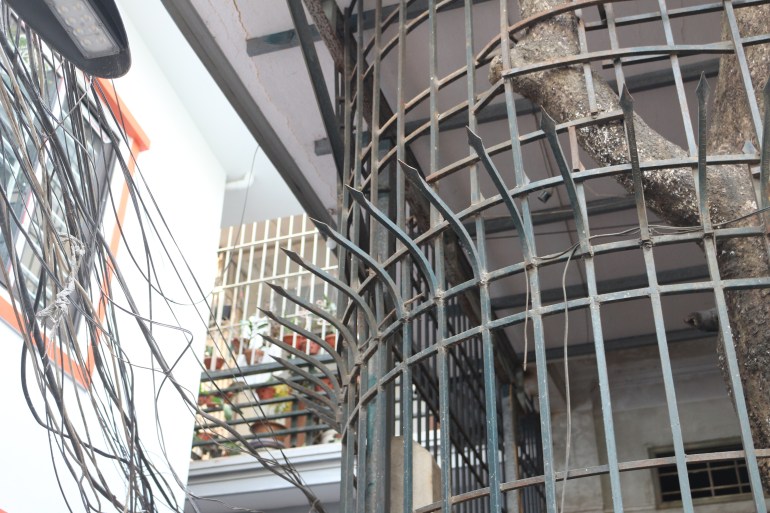
In September alone, Hanoi experienced five fires of varying magnitude, according to a report by state media.
Colonel Duong Duc Hai, the deputy director of the Hanoi Police Department, told the local outlet that electrical short circuits were the root cause of 96 percent of these fires.
Tenants’ scooters are generally stored on the bottom floor of apartment buildings, posing potential safety hazards, including blocked exits and electrical malfunctions.
A witness to the fire in Thanh Xuan in September told Al Jazeera that the building’s owner, Nghiem Quang Minh, had hired an elderly security guard to manage tenants’ scooters on the bottom floor, but he was often overwhelmed by the number of vehicles.
The witness said the security guard was paid according to the number of scooters he was able to park, incentivising him to take in as many as possible.
Property owners have also been found to have built extra floors and rooms, breaking contract agreements and regulations.
Minh, who is now being prosecuted for alleged fire code violations, built at least eight other micro-apartment buildings in several districts of Hanoi, according to law enforcement officials.
None of these apartments met the fire safety standards and all were found to have unauthorised building extensions, state media reported.
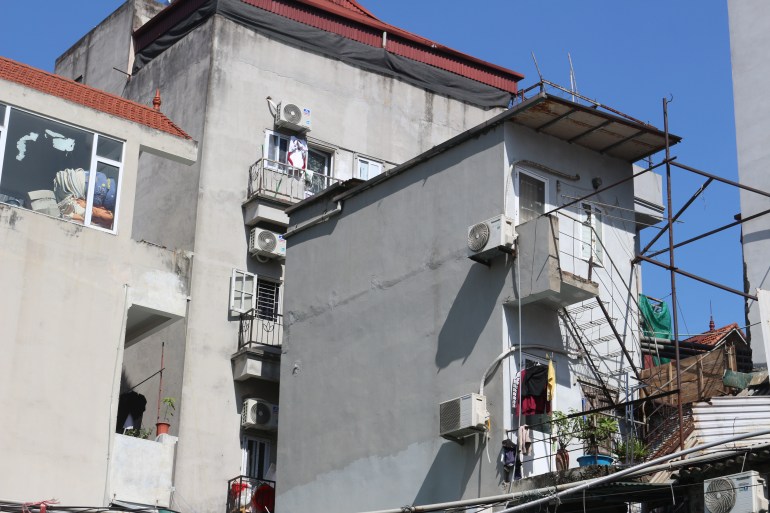
Vietnamese law for years did not define micro-apartments or include them under a specific legal framework. That changed in November when the National Assembly amended the law to grant them legal status.
When the amendments come into effect on January 1, 2025, property developers will still be permitted to construct micro-apartments on residential land on which they hold land use rights.
The amendments stipulate conditions for “individual” developers building and owning the buildings.
Under the regulations, individual investors will face bigger hurdles to develop micro-apartments compared with established real estate businesses, including being required to have a minimum amount of investment capital.
Before the legal changes, lawmakers debated if stricter regulations on micro-apartments would be unenforceable or if they should even be legal.
Trinh Xuan An, a delegate of the National Assembly, told local media that the government “should not support the construction of mini apartment buildings but, instead, ought to back the development of social housing projects for low-income earners”.
Other lawmakers emphasised that all new regulations would allow renters to safely access a popular form of accommodation.
A recurring factor in the debate is affordability.
In Hanoi, a fast-growing population has turned the city into one of the most densely populated urban areas in the world.
For many budget-conscious renters, the lack of suburban housing options makes micro-apartments the natural choice.
Despite their risks, the cramped units have proven popular with students and low-income, blue-collar workers.
Ex-tenant Vo said the apartments were still a better option than social housing for people like her and that stricter regulation would be a better option than a ban.
“Tenants should also be able to send direct complaints about serious problems and not have to wait decades for the government to respond, especially when it comes down to their own safety,” she said.
Read More: World News | Entertainment News | Celeb News
Aljazera

